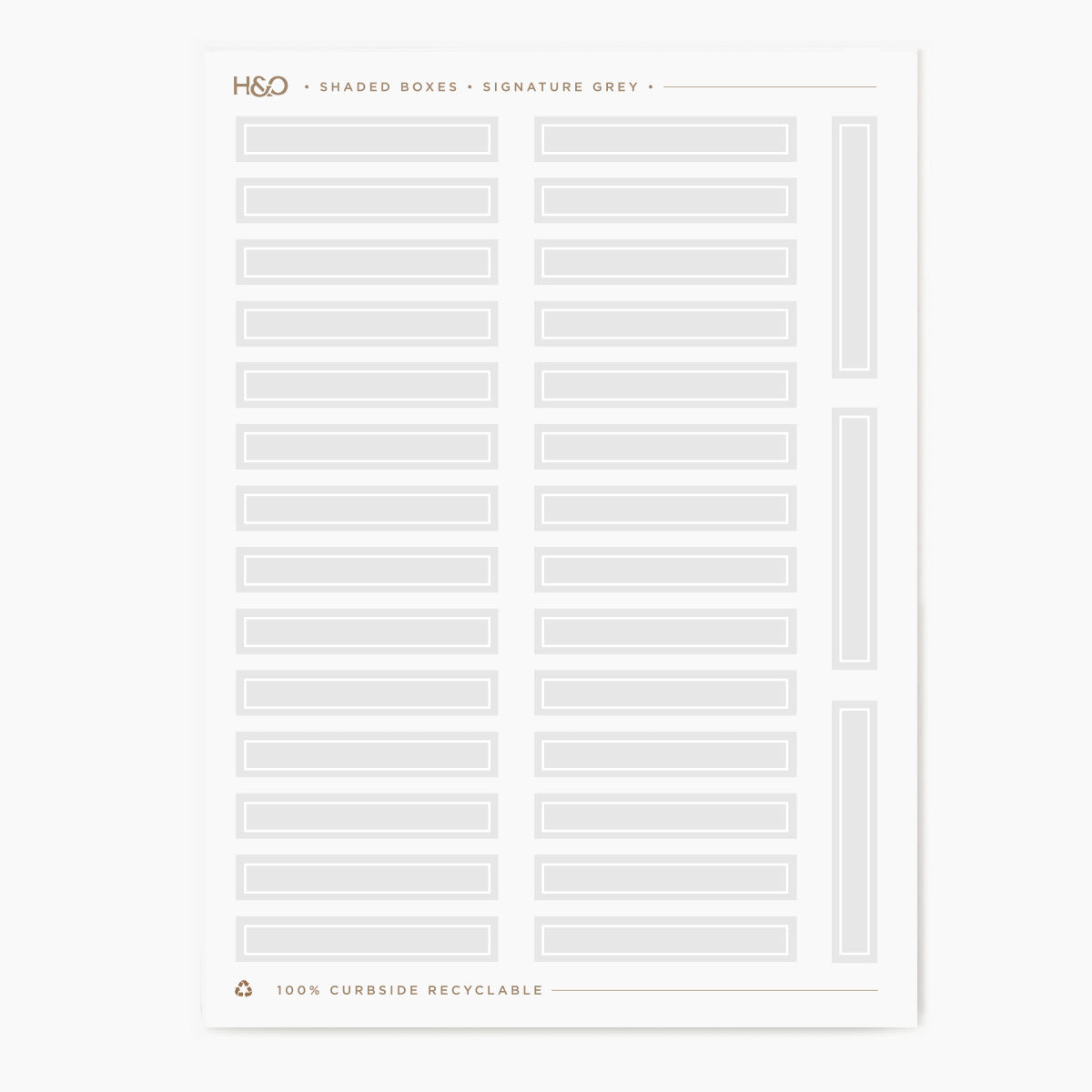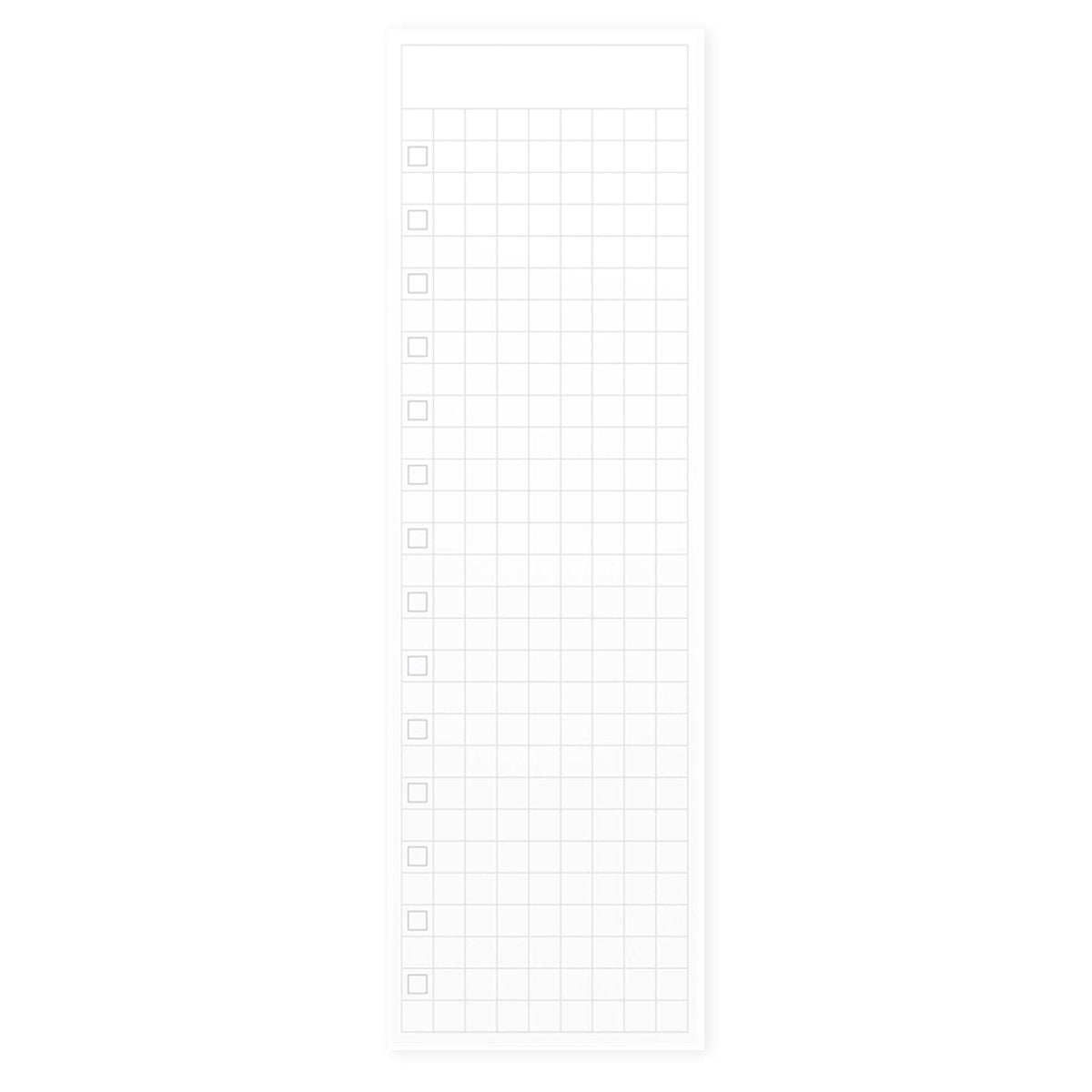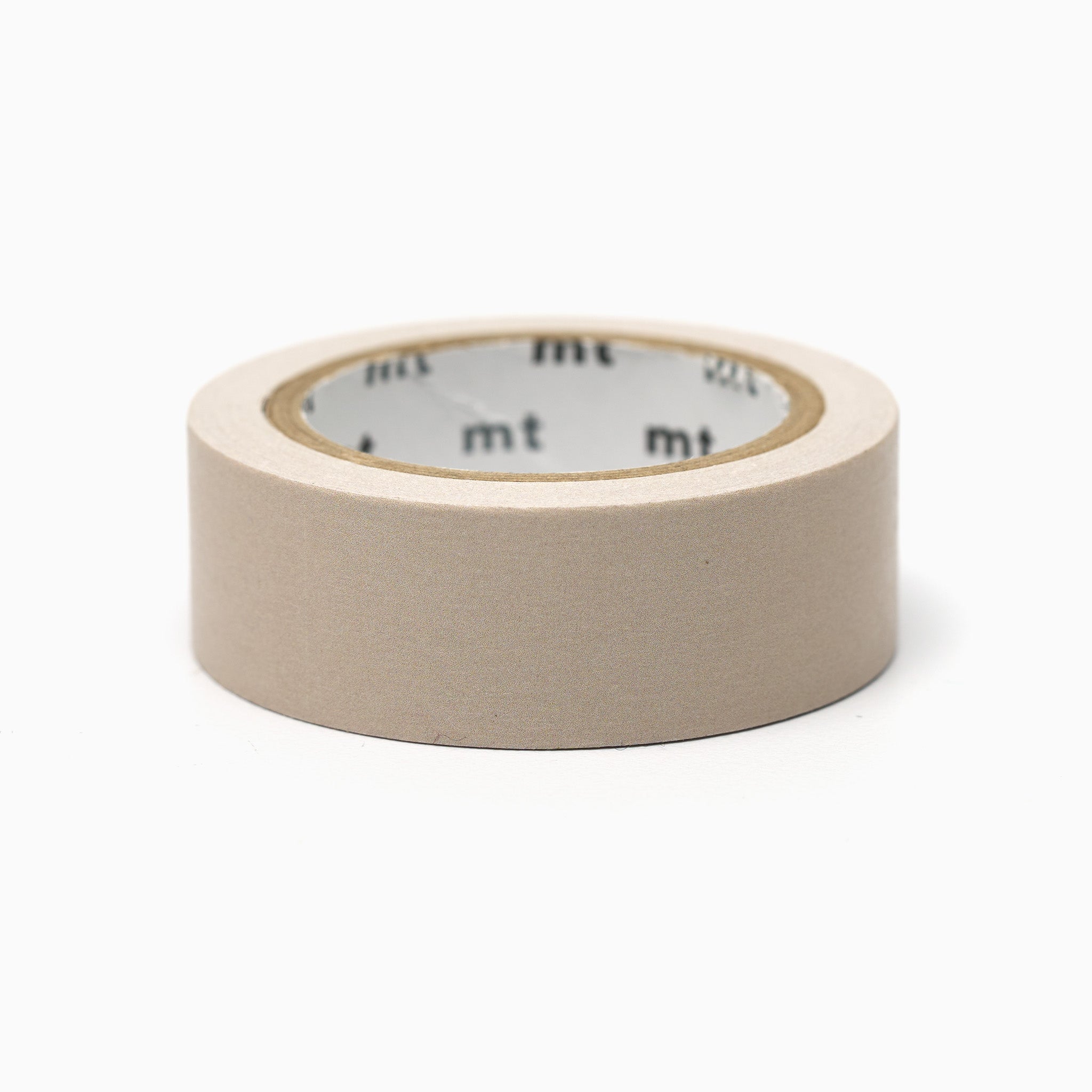

It's common in today's fast-paced world to need to balance many responsibilities every day. Effective daily planning not only boosts productivity but also reduces stress and enhances overall well-being. Here’s a comprehensive guide to planning your days effectively, backed by research and expert advice.
1. Set Clear and Achievable Goals
The foundation of effective daily planning lies in setting clear, achievable goals. Goals provide direction and purpose, making it easier to allocate time and resources efficiently. According to the SMART criteria, goals should be Specific, Measurable, Achievable, Relevant, and Time-bound (Doran, 1981).
Action Step: Begin each day by outlining your goals. Break down larger tasks into smaller, manageable steps to maintain momentum and avoid feeling overwhelmed.
2. Prioritize Your Tasks
Not all tasks are equally important. Distinguishing between urgent and important tasks can significantly enhance productivity. The Hemlock & Oak Priority Flow notepad is a helpful tool to prioritize your day when you have a lot of tasks on your plate. By writing down your tasks, you can prioritize them based on urgency and avoid getting distracted by less important ones.
Action Step: Focus on tasks in the "Right Now" and "Right After" sections, then move on to the "Later - Urgent" section. Finally, tackle the "Later - Not Urgent" tasks.
3. Balance Structure with Flexibility
While a structured schedule is crucial, it’s equally important to build in some flexibility to accommodate unexpected events. Time blocking is an effective method where specific blocks of time are dedicated to particular activities (Cirillo, 2006).
Action Step: Allocate specific times for tasks and activities, but leave buffer periods for unforeseen interruptions. This balance helps maintain productivity without causing unnecessary stress.
4. Incorporate Self-Care
Effective daily planning isn’t solely about work; it’s also about ensuring you take care of yourself. Incorporating self-care activities into your daily routine is essential for maintaining mental and physical health.
Action Step: Schedule time for activities that help you relax and recharge, such as exercise, meditation, or hobbies. Treat self-care with the same importance as any other task.
5. Minimize Distractions
In an age of constant connection, distractions are inevitable. Identifying your biggest distractions and finding ways to minimize them can significantly enhance focus and productivity. Using analogue planners means fewer distractions from social media apps and notifications while planning, reviewing, and reflecting. The Pomodoro Technique, working in short bursts followed by breaks, can be effective for productivity (Cirillo, 2006).
Action Step: Turn off non-essential notifications, create a dedicated workspace, and consider using productivity techniques to stay focused.
6. Reflect and Adjust
Regular reflection on your daily achievements and challenges is crucial for continuous improvement. At the end of each day, review what worked well and what didn’t. This feedback loop helps refine your daily planning process over time.
Action Step: Maintain a journal or use a reflection log to document your daily experiences. Use these insights to adjust and improve your planning strategies. Hemlock & Oak's Daily planner has lots of space to include this right in your planner.
7. Plan for Downtime
Rest and relaxation are as important as work and responsibilities. Scheduling downtime helps prevent burnout and maintains overall well-being. Ensure you have time in your schedule to unwind and engage in activities that bring you joy.
Action Step: Incorporate leisure activities and relaxation time into your daily plan. Balance is key to sustained productivity and happiness.
To conclude, effective daily planning is about finding a balance that works for you. Set goals, prioritize tasks, and use the right tools to manage your busy life effectively and gracefully. Incorporate self-care, stay flexible, and regularly reflect and adjust your approach. With these strategies, you can make the most of each day and achieve a balance between productivity and well-being.
Footnotes
- Doran, G. T. (1981). "There's a S.M.A.R.T. way to write management's goals and objectives." Management Review.
- “The Eisenhower Matrix: How to Manage Your Tasks and Time.” Todoist.
- Cirillo, F. (2006). "The Pomodoro Technique."
- “The Importance of Self-Care: Why You Need to Take Care of Yourself.” Psychology Today.
- “The Pomodoro Technique: How to Work in Short Bursts for Maximum Productivity.” Lifehack.




